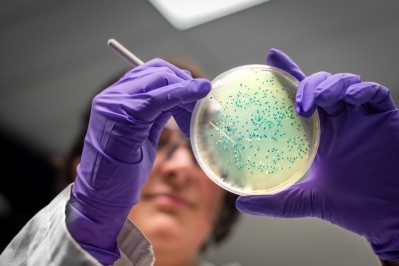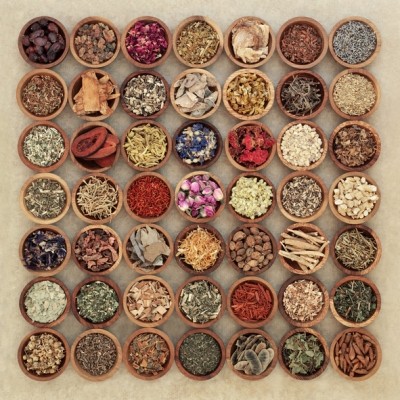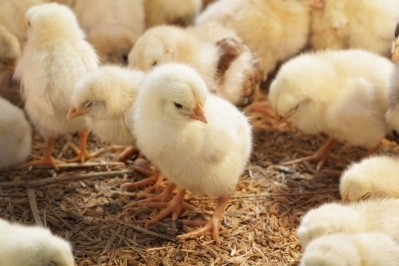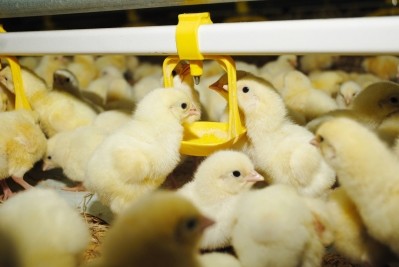Nutritional strategies rather than drug alternatives can help cut colistin use: researcher
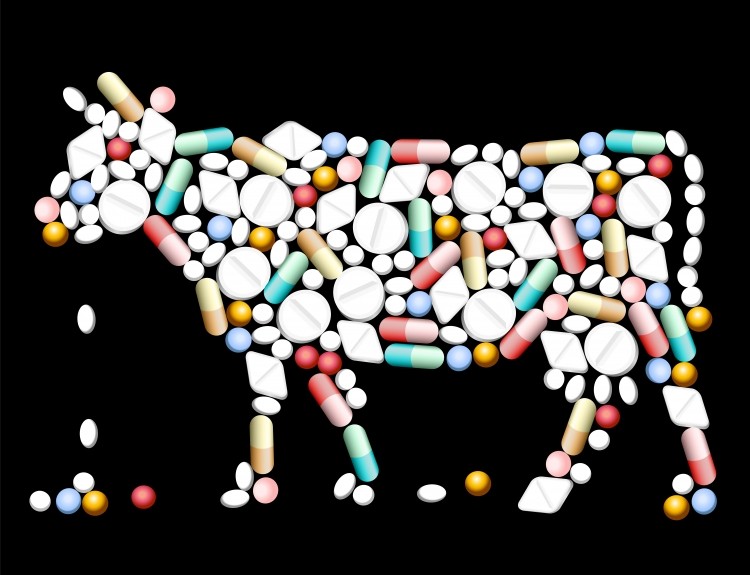
Richard Murphy, director of research, Alltech, was reacting to publication by the European Medicines Agency (EMA) of recommendations late last month that countries should reduce the use of colistin in animals to decrease the risk of antimicrobial resistance.
“When you look at the emergence of this resistance, I think if things remain unchanged, then it’s only a matter of time before it becomes widespread and reduces the usability of colistin.”
“I agree with the AMEG view that the reduction in colistin use should not be compensated by increasing the use of other types of antimicrobials.”
In May this year, the Antimicrobial Advice Ad Hoc Expert Group (AMEG), a multi-disciplinary group of experts that also includes representatives of the European Food Safety Authority (EFSA) and the European Centre for Disease Prevention and Control (ECDC), revised its 2013 advice on the use of colistin in animals on the request of the European Commission.
Colistin or colistimethate sodium has been used for over 50 years in both humans and animals. In human medicines it is a last resort medicine to treat bacterial infections resistant to other antibiotics.
In veterinary medicine, colistin has been used to treat infections caused by Enterobacteriaceae in farm animals.
Partly due to the development of resistance to other classes of antibiotics, colistin consumption has increased in recent years. Today it is one of the five most commonly used antibiotics in animals within the EU.
Gene mechanism
The European Commission had asked for the review in response to the discovery of a new mechanism of resistance in bacteria to colistin caused by the mcr-1 gene.
The gene can be transferred between different types of bacteria, potentially causing a rapid development of resistance. It was first identified in bacteria in South China, and since then has also been found in the EU and other regions.
AMEG review
The AMEG re-evaluated the impact of the use of colistin on human and animal health, the consequences of resistance and alternative treatments.
In its advice, the group also stressed the reduction of colistin sales should not be compensated by increase in the use of other types of antimicrobials, but should be achieved through other measures such as improved farming conditions, biosecurity between production cycles, and vaccination of livestock.
The updated recommendations call on EU countries to minimize sales of colistin for use in animals to achieve a 65% reduction in EU-wide sales, and that the drug be added to a more critical category of medicines reserved for treating clinical conditions for which there are no effective alternative treatments.
The EMA published the updated advice in July 2016 after it was endorsed by both the Committee for Medicinal Products for Veterinary Use (CVMP) and the Committee for Medicinal Products for Human Use (CHMP).
A spokesperson for the European Commission told us it will be consulting with the relevant parties on the best way of implementing this recommendation.
Antibiotic free production strategies
Murphy said the development of strategies for antibiotic free production systems over the last few years has shown that it is possible to reduce reliance on antimicrobials.
“Globally it’s recognized that there is no so-called ‘silver bullet’ to replace antibiotic use in animal production and producers will almost certainly have to improve hygiene and husbandry to address the issue. AMEG have noted this in their statement also.”
For producers there are a suite of products that can aid in their transition to antibiotic-free production, said Murphy.
He said additives that are designed to regulate and support the gut environment and its microflora can be effective in this regard.
Such inputs include coccidial vaccines, probiotics, competitive exclusion products, feed enzymes and functional nutrients such as nucleotides as well as organic acids and feed hygiene products or organic minerals, plant-based products such as herbs, spices and essential oils or yeast cell wall derivatives such as mannan-oligosaccharides (MOS) and Mannose Rich Fractions (MRF), said Murphy.
“Antibiotic-free production systems must look at improving overall feed quality, as animals that are fed quality feeds are less susceptible to enteric problems. Ultimately this move from least cost feed formulation and reliance on antibiotics will be toward high quality feeds containing functional ingredients.
“By utilizing a combination of strategies, producers can rehabilitate and accelerate the evolution of the intestinal microbiota,” he added.
The discovery of the mcr-1 gene was published in a paper in Lancet Infectious Diseases on 18 November 2015: Liu Y-Y et al, 'Emergence of plasmid-mediated colistin resistance mechanism MCR-1 in animals and human beings in China: microbiological and molecular biological study', Lancet Infectious Diseases, November 2015
